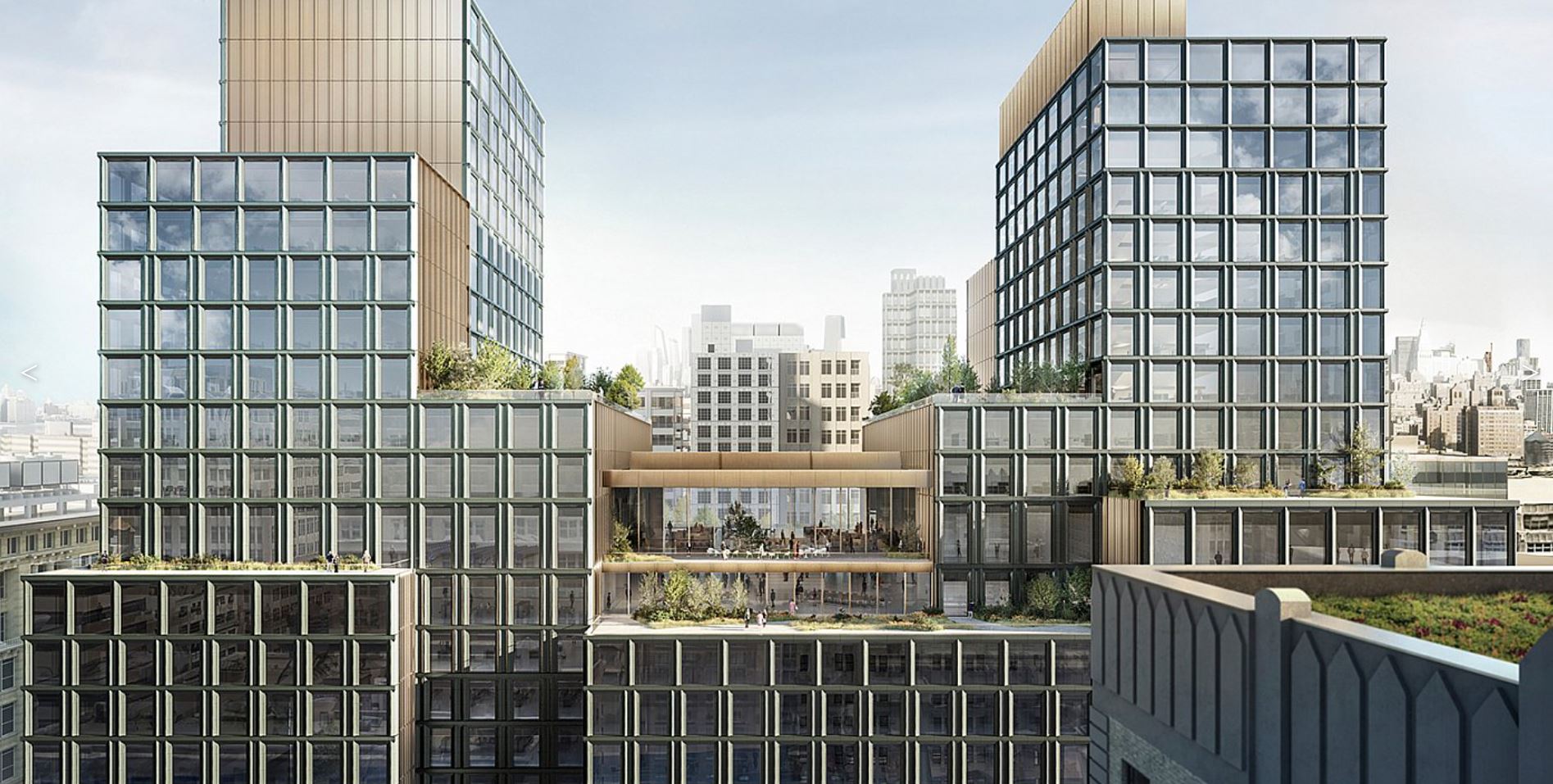
Once known as the Printing District, Hudson Square is now attracting tenants with a much higher profile. Google and Disney stand out, with the former topping out the St John’s Terminal Building at the end of 2020 and the latter having commenced construction at 4 Hudson Square, New York.
This SOM designed development by Silverstein is set to become the Walt Disney Company’s new headquarters. The development covers an entire city block in Lower Manhattan, New York. It features two 320ft towers and the whole building will be glazed and clad in green terracotta panels. Landscaped terraces are set back as the building rises, we imagine providing the perfect space for its occupants to come up with the next generation of Disney creations.
Windtech Consultants were privileged to be involved in numerous elements of the project. Dr Niall O’Sullivan, an Associate Director at Windtech Consultants remarked: “It’s fantastic to be able to combine our experience in wind tunnel testing with our latest advancements in the application of computational fluid dynamics. Working closely with SOM on this project has allowed us to show how valuable these studies can be on projects aiming for sustainable, efficient, safe and robust design.”

This will be where the next great Disney Movies are imagined [Image courtesy of som.com]
With the goal to achieve LEED and Wellness certifications, the building design is highly sustainable and the project team wanted to ensure Disney’s new headquarters would serve the company, the public and the city for years to come.
With that in mind, Windtech Consultants were brought in to carry out air quality studies, using the latest technology in CFD.
Air Quality
Pollution, odor and temperature were all investigated in a 3D virtual model of the development to ensure air quality objectives were met or exceeded according to the National Ambient Air Quality Standards (NAAQS), as well as New York and Federal Standards including the City Environmental Quality Review (CEQR) Technical Circular.
Information from the Windtech studies was fed back to the project team and used to inform design decisions such as outlet/inlet separation distances (to minimise recirculation), exhaust stack heights and exhaust stack exit velocities
Further information on the pollution and odor studies carried out on this development and others can be found here.
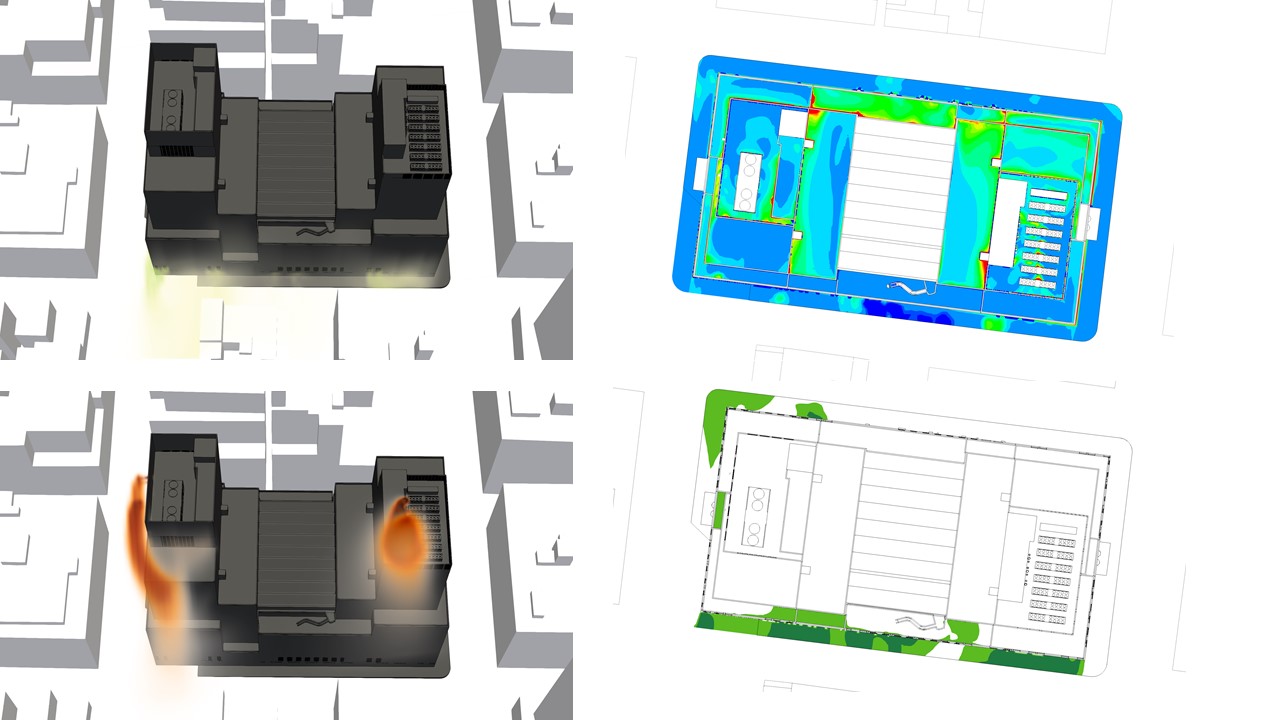
Clockwise from Top Left: Odor concentration exhaust louvre plum iso-surface; Temperature contour at 1.5m above the ground and elevated areas; Odor concentration at 1.5m above ground and elevated areas; NOx boiler exhaust plume iso-surface.
Much of the work carried out to make the building more sustainable, does by its very nature make the building more efficient and comfortable.
In addition, Windtech carried out a hybrid study to evaluate the effect of stack effect and wind on the performance and comfort of entry ways located throughout the development.
Hybrid Wind Entry / Thermal Stack Effect Study
Stack effect is the natural convection of air flow within a building either upwards or downwards, typically via vertical shafts. This phenomenon occurs in tall buildings when there is a significant difference between the internal and external temperatures and subsequently a variance in the density of the air. For warm climates where the temperature outside the building is warmer than inside, the flow direction is most commonly downwards inside the building, and for buildings in colder climates, the opposite occurs. The internal movement of air, due to the temperature difference can impact several building services such as lift operation, entrance doors, mechanical systems and smoke modelling if not correctly accounted for.
A detailed investigation was therefore undertaken to assess the maximum potential wind speeds through the various entry ways at both ground level entrances and upper-level terrace doors.
The building performed well, with criteria met, providing reassurance to the project team that amendments would not be required later in the design process, a potentially costly consequence on none too few new buildings around the world.
Façade Pressure and Paver Lift off
Wind effects, particularly on the corner of towers, can create areas of higher net pressure on the façade and so a façade cladding study was undertaken to ensure the façade system was designed appropriately.
A 1:300 scale 3D-printed model of the development and surrounds were tested at Windtech’s boundary layer wind tunnel facility. The wind tunnel model was fitted with a total of 476 pressures sensors and the net pressures acting on the main building façade were determined from the measured external pressures. Results provided the façade engineers with peak net pressures for the 50-year return period as well as pressure zone block diagrams to identify localised pressure distribution.
Out of the 476 pressure sensors, 99 were located across the various terrace and balcony areas so that an assessment could be made to determine the Mean Recurrence Interval (MRI) for paver lift off for various floating paver system options. From this assessment, a recommendation was made for paver dimensions, thickness, and cavity depth, which would reduce the risk of paver lift off to within acceptable levels.
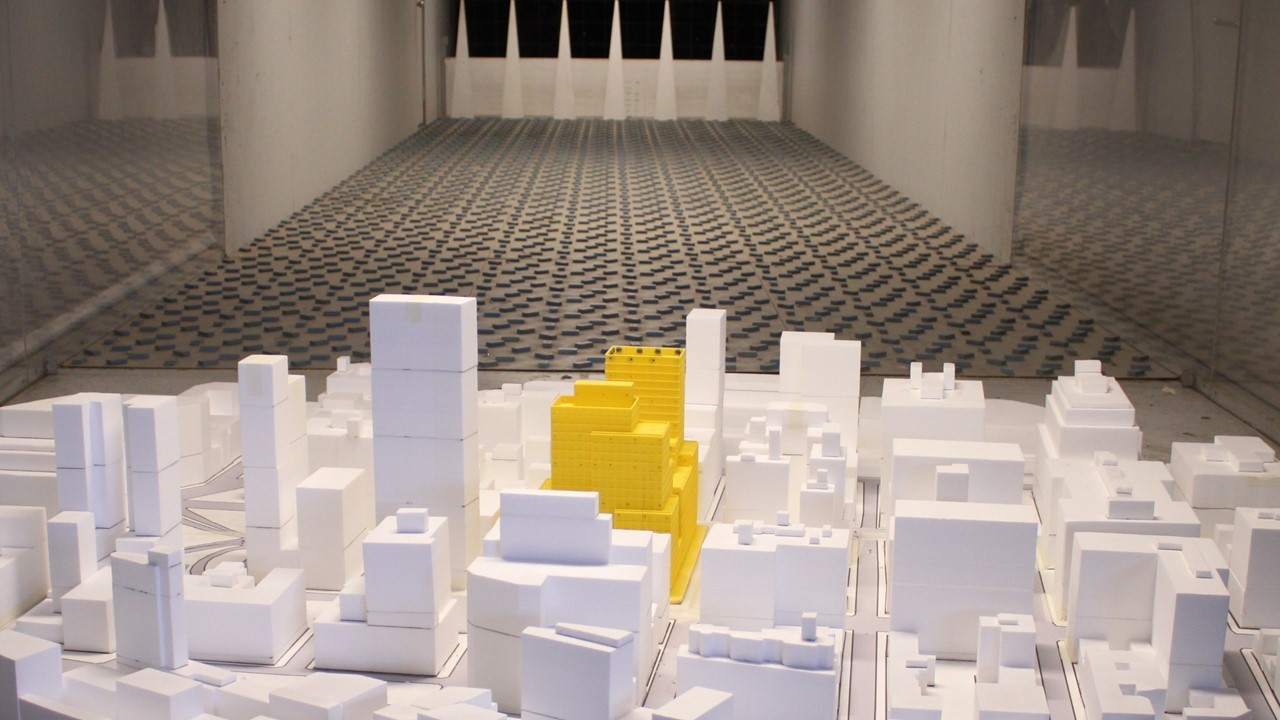
Photograph of the Physical Model at Windtech’s Facilities
Pedestrian Wind Comfort
A pedestrian wind environment study was also carried out in the wind tunnel. Peak gust and mean wind speeds were measured at selected critical outdoor trafficable locationswithin and around the subject development. Wind velocity coefficients representing the local windspeeds were derived from the wind tunnel and were combined with a statistical model of the regionalwind climate to provide the equivalent full-scale wind speeds at the site. These windspeed measurements were compared with criteria for pedestrian comfort and safety, with results indicating that most outdoor trafficable areas of the development were suitable for their intended use. Where improvements could be made, some sympathetic wind treatments were recommended to ensure conditions were comfortable at all times.
Snow Loads
Lastly, a CFD study was undertaken to evaluate snow loads for the roof in three parts. In part one, historical data recorded at La Guardia airport meteorology station was analyzed to identify windspeed and wind directions associated with snow events over the past 47years. In part two, CFD simulations for snow suspension and deposition were conducted for 9combinations of wind speed and wind direction. In part three, design snow loads were evaluated for the 50-year return period storms and the effect of snow accumulation shift and snow pockets due to the change in the wind direction were accounted for.
The building roof was split into 21 zones and results were tabulated as well as presented graphically as shown below.
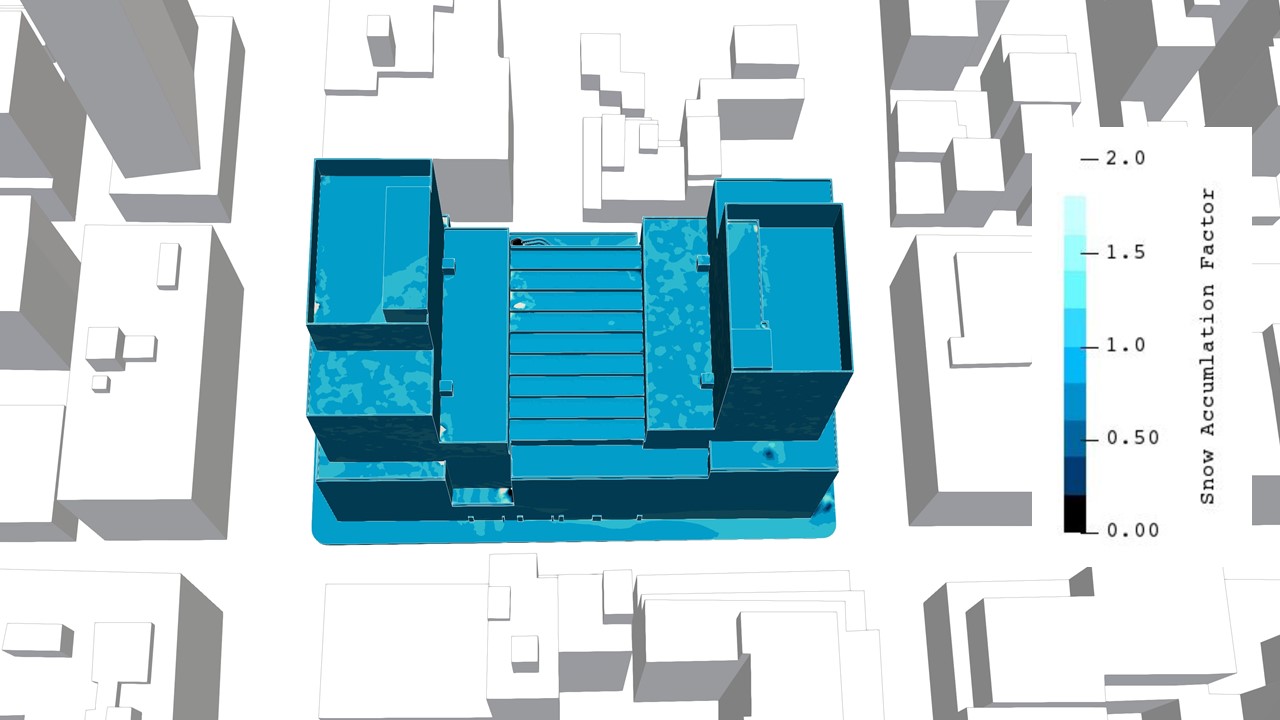
A Graphical Representation of Snow Loads
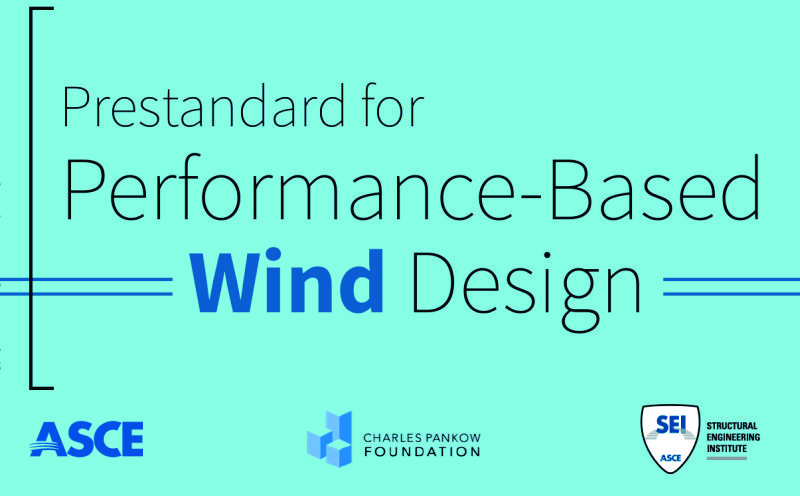
Performance-Based Wind Design has the unique purpose of making improvements on traditional design methodsin order to advance the design for wind on buildings. It impacts a number of different facets of the design approach and the eventual development of the building using advanced methods of analysis to guide the process. The benefits of Performance-Based Wind Design are realised in the ability to improve the efficiencyof the structure and façade of a building while still being able to meet the desired design and functional requirements andreduce the chance of asset or personal damage due to wind effects.
Recently the Structural Engineering Institute (SEI) of the American Society of Civil Engineers (ASCE) released a Prestandard for Performance-Based Wind Design as an alternative to the prescriptive procedures for wind design of buildings contained in Minimum Design Loads and Associated Criteria for Buildings and Other Structures (ASCE 7) and the International Building Code (IBC). In addition, on December 16, 2020 the ASCE in association with the SEI published the ASCE Manual of Practice No. 143: Design and Performance of Tall Buildings for Wind, a culmination of 4 years’ work under the chairmanship of Preetam Biswas, P.E., M.ASCE. Unlike the Prestandard, the Manual of Practice document applies to a much broader range of buildings and covers other non-structural performance targets such as pedestrian wind environment impacts.
As an early adopterof Performance-Based Wind Design which has been applied to the determination of design wind loads on cladding and structure, Windtech welcomes the provisions of the Prestandard which supports what Windtech has been doing for at least the past decade.
Tony Rofail who has been a Director with Windtech for 30 years and based out of the Sydney HQ had some interesting insights on the content of the Prestandard as follows:
A free copy of the ASCE Prestandard for Performance-Based Wind Design can be obtained from the link below:
https://ascelibrary.org/doi/pdf/10.1061/9780784482186

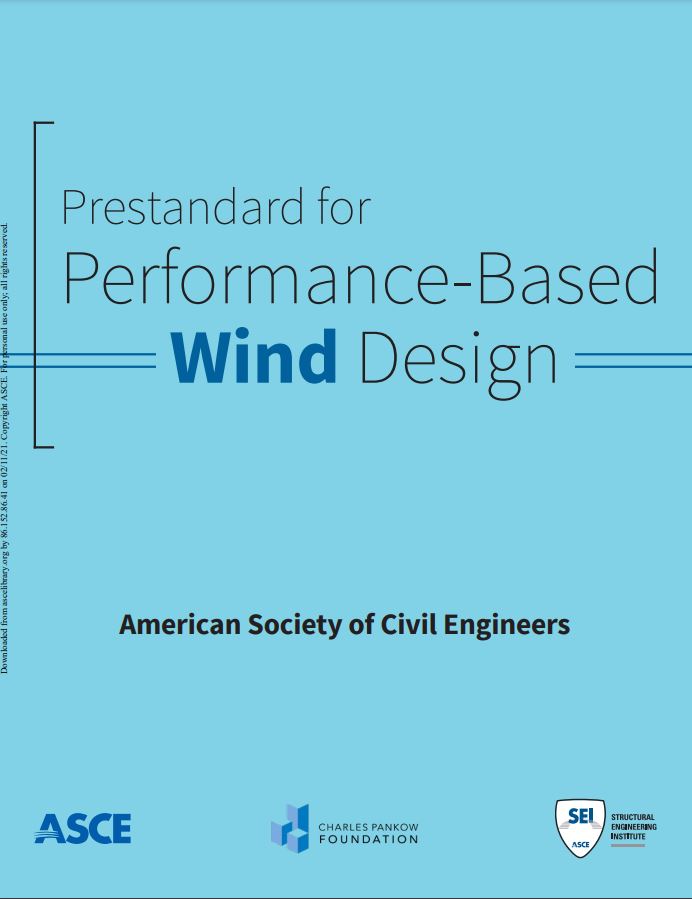
The ASCE Manual of Practice No. 143 can be purchased from the link below:
https://www.asce.org/structural-engineering/news/20201216-new-manual-of-practice-release/

In the past, dispersion of pollutants was assessed solely through smoke flow visualisation in the wind tunnel. However, as our expertise in computational fluid dynamics (CFD) has developed, so has our ability to model and visualise the movement and diffusion of common pollutants such as carbon monoxide (CO), Nitrogen oxides (NOx) and even odor and bad smells. This development has enabled a wider variety of applications for these studies.
Air quality and pollution dispersion studies can be undertaken to investigate the dispersion of exhaust gases from proposed or existing developments or nearby high-density roadways. These types of studies are particularly important where the emitted gas or pollutant is considered harmful to those exposed to it for any length of time. Further, these studies can investigate whether exhaust gases or pollutants are likely to linger within or propagate to critical outdoor areas or be re-circulated though the fresh air-intakes of HVAC systems, all of which could create undesirable or unsafe conditions.
Air quality dispersion poses a wide range of challenges to designers, but a few examples are listed below:
Dr Niall O’Sullivan who is based out of Windtech’s London office and is one of the world’s leaders in the field of air quality and pollution dispersion states: “Wind tunnel flow visualisation can assist us in understanding the dispersion patterns of the gases. The spectrometry technique can further provide detailed information on the expected concentration levels of any exhaust gases at the impact zones, which can be compared to relevant exposure standards. However alternative methods of analysis are now available to us which enable assessment in the computational domain using CFD. This allows additional building and environmental physics to be accounted for in the testing setup such as HVAC exhausts and intakes, solar irradiance, solar reflectivity, ambient temperature, and humidity which cannot be done using a standard wind tunnel setup.”
Case Study: Outdoor Air Quality and Pollution Dispersion
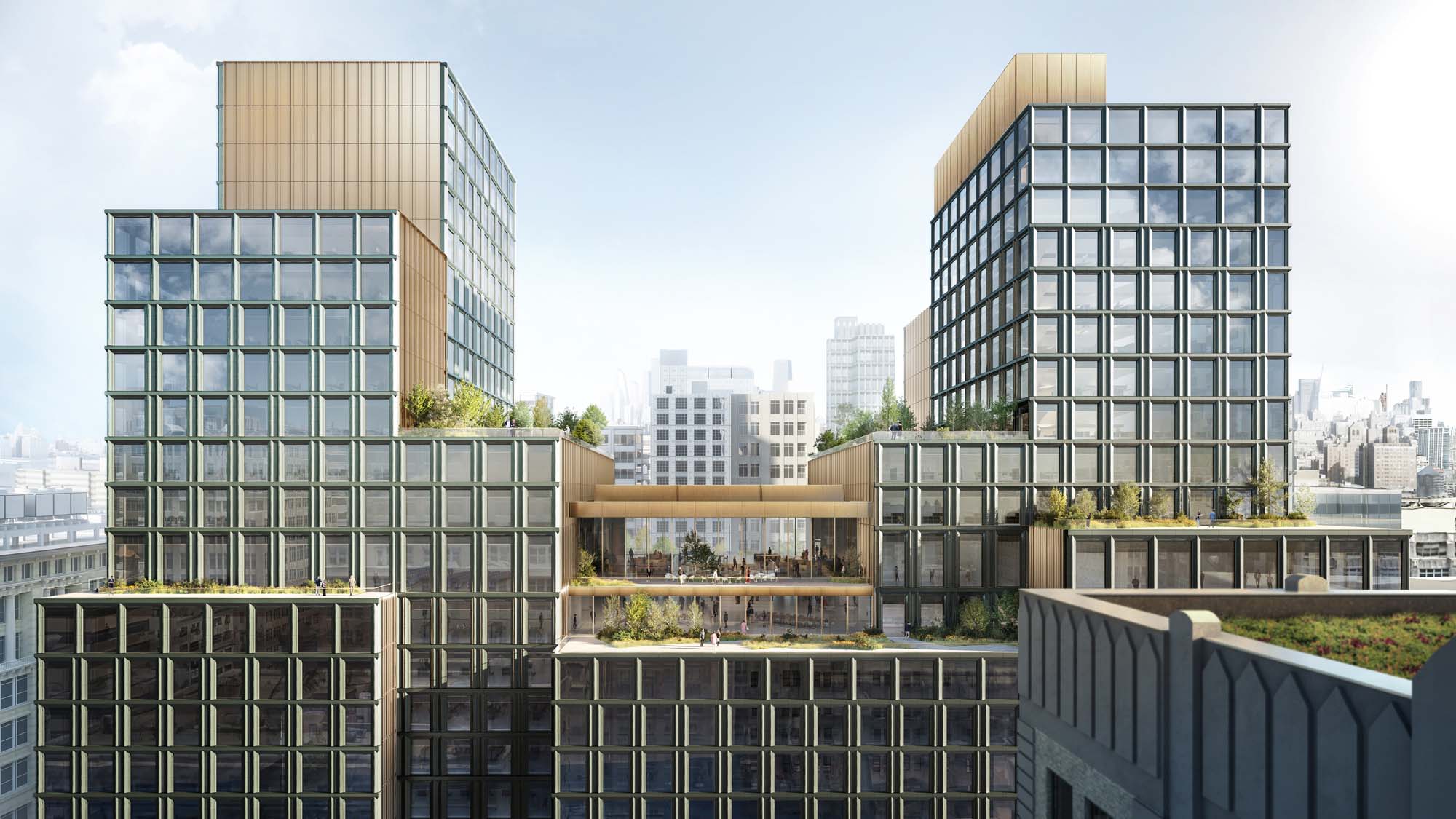
Fig.1 – Project Galaxy New York, USA
WINDTECH Consultants assessed the air quality issues at the proposed Project Galaxy development located in New York City. Simulations of the external wind, solar, temperature, odor and pollution dispersion including proposed external HVAC equipment, exhaust and inlet louvre layouts were conducted to quantitatively assess the effectiveness of the proposed design as a result of the approaching winds and thereafter the resulting external environmental conditions.

Fig.2 – Outdoor wind CFD streamlines and NOx dispersion ISO volume dispersion from high level flues and chimneys
The study involved modelling of the dispersion of gases from the boiler stack and flues, odor concentration dispersion from all low-level exhaust louvres (Fig.3) and the temperature distribution on and around the subject development
The outputs provided a detailed assessment of the potential impact of the gases and odor on the immediate surrounding areas for both ano-wind scenario and for site specific winds from the 16 wind directions identified as being the most critical.

Fig.3 – Kitchen and toilet odour concentration dispersion from façade HVAC louvers/vents
Dr O’Sullivan went on to say: “The results of the analysis for the Project Galaxy development indicated the design was effective in dispersing pollutant and odor for the more frequent wind conditions. Exhaust plumes were only seen to impede upon occupied levels of the development at minor concentrations and not reach notable levels at ground level locations.”
That being said, to achieve the most effective dispersion characteristics possible in the worst-case scenarios, measures such as below can be effective:
Case Study: Indoor Air Quality and Pollution Dispersion
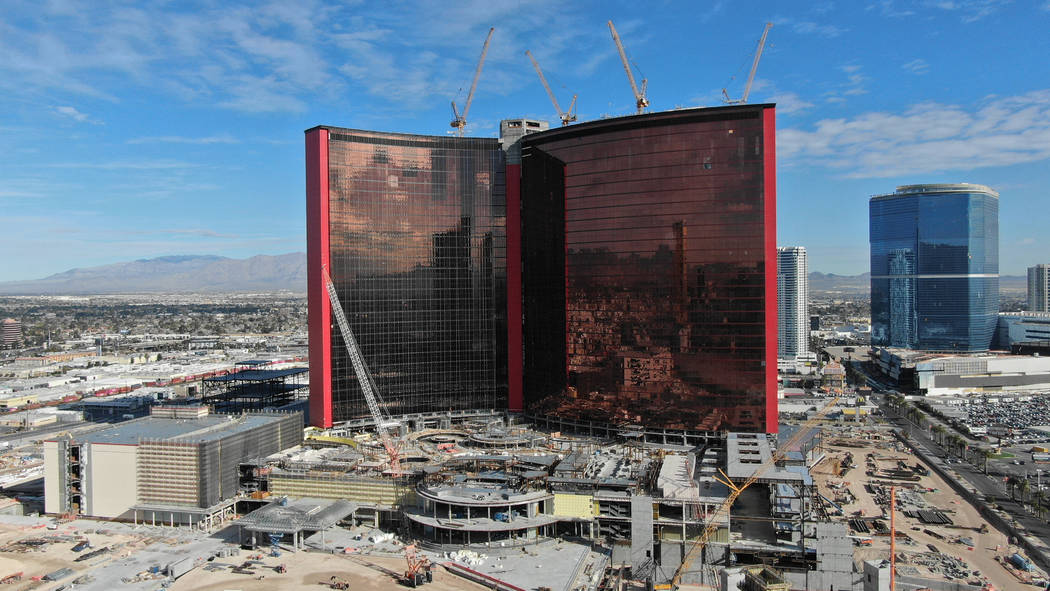
Fig.4 – Resorts World, Las Vegas, USA
The numerical modelling of the development was undertaken in three distinct parts:
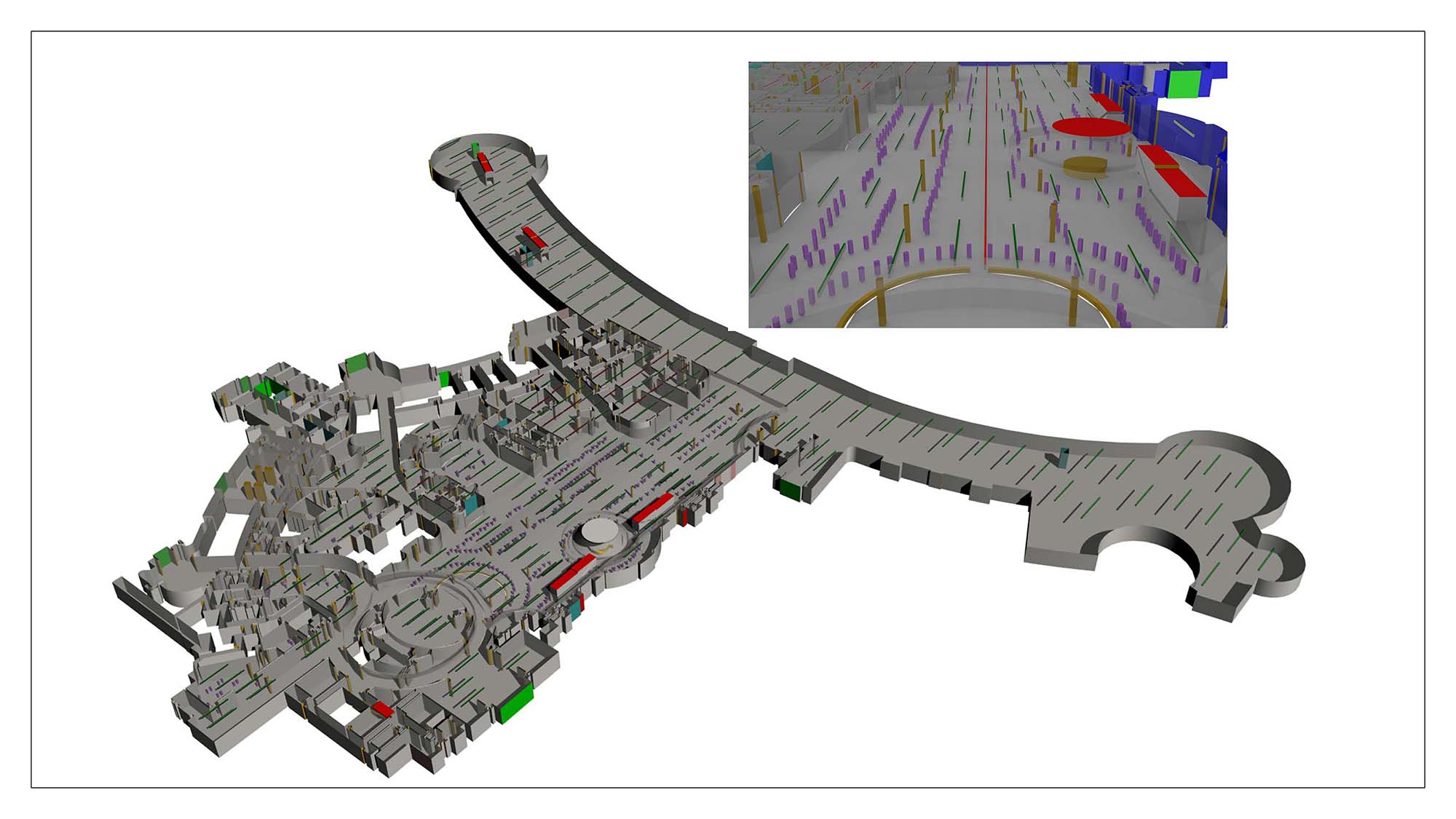
Fig.5 – 3D CFD Indoor CAD model for HVAC system and wind entry at entrances using the noted coloured boundary condition.
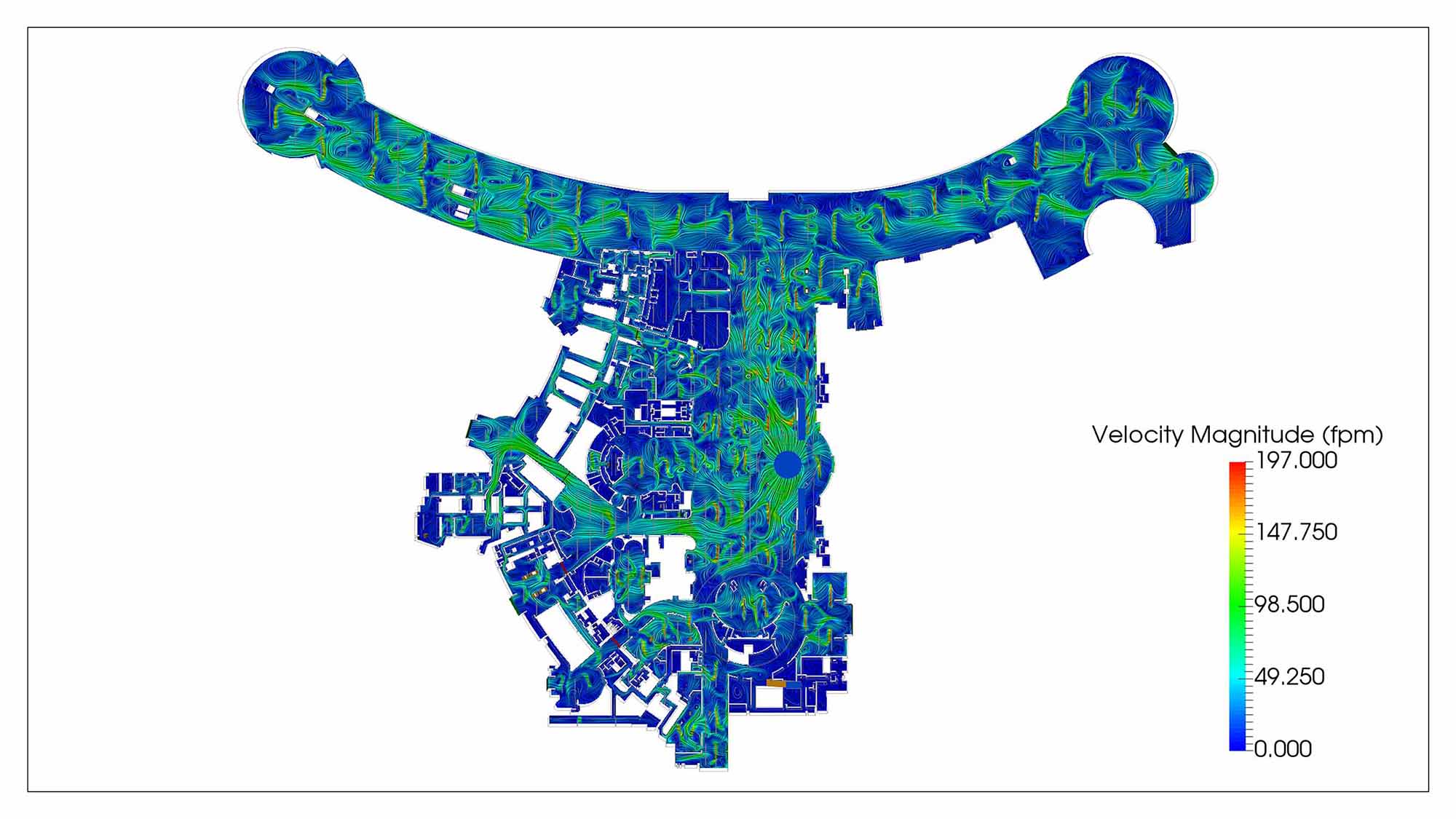
Fig.6 – Indoor air velocity distribution at occupied level on the main casino floor due to the HVAC system and relative wind entry.
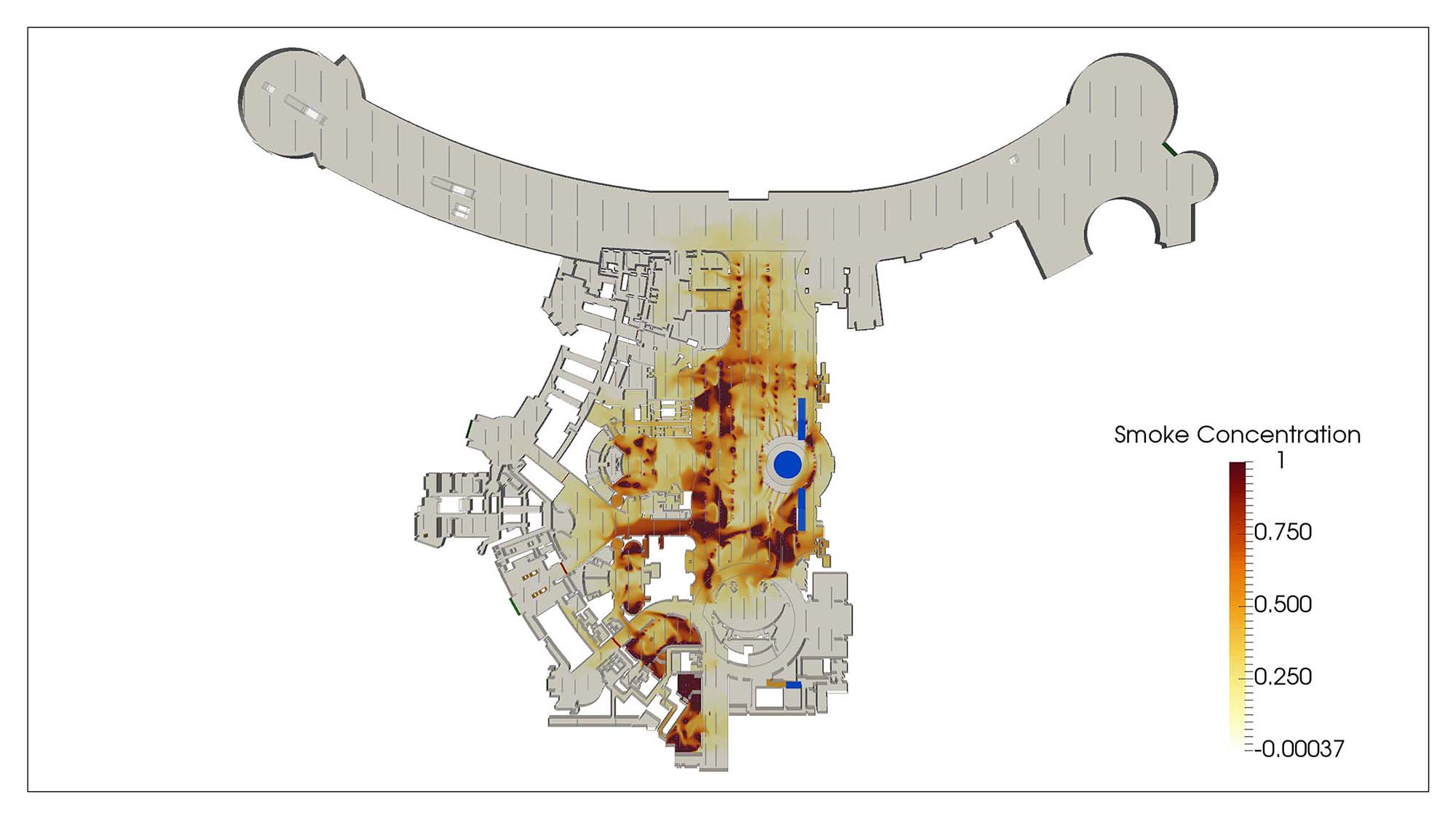
Fig.7 – Indoor dispersion of cigarette smoke as generated from the main smoking area within the Casino. The simulation accounts for the influence of the stack effect, external pressures at openings, heat loads within the building and mechanical system as well as the thermal properties of the external and internal building fabric.
According to Dr O’Sullivan: “The CFD analysis for the thermal stack effect and smoke dispersion was undertaken for the Resorts World development for both the summer and winter periods. The results of the analysis showed hotspots of high velocity in the transitional areas between the main casino floor and the hotel entrances, largely the exfiltration of wind flow through the main entrances of the casino. However, the exfiltration of the air flow within the casino space also benefited the region as it actively removed smoke pollution from the gaming floor. This was an excellent outcome as the result was a passive solution which would be a fraction of the cost of a mechanical smoke extraction system.”
This highlights the importance of not only being able to identify the issues but deliver innovative solutions which are effective in addressing the issues in a cost effective and efficient way. This is central to Windtech’s process during the life cycle of a project.

With the number of tall buildings in the City of London growing, an important factor to consider in the planning stage is maintaining or creating a safe and comfortable urban environment for all. London City has recently paid particular attention to this issue, requiring developers to address the wind microclimate issues at an early design stage by incorporating effective wind mitigation measures into the design.
Ms Yiqing Wang, a senior engineer at Windtech Consultants’ London office says: “Putting the comfort and safety of cyclists and pedestrians first, the City of London Corporation published the UK’s first wind microclimate guidelines that are expected to create a blueprint for others by delivering safer, more enjoyable streets that meet the evolving needs of the City. The City of London Wind Microclimate Guidelines has stringent requirements especially for tall buildings that are above 100m in height. Where both wind tunnel and CFD (Computational Fluid Dynamics) are required, the two wind modelling approaches must be carried out by independent consultants.” The new requirements are outlined in the table below.

The new requirements challenge the norm, as most researchers in the industry would attest to physical testing in a wind tunnel being the only way microclimate can be measured accurately, due to the ability to simulate the complex turbulent flow regimes physically. However, it is important to note that the microclimate comfort criteria adopted by the City of London relate only to mean wind speeds, which by its nature closes the accuracy gap between the wind tunnel testing and CFD. In addition to this, CFD provides continuous contours of wind speed rather than predefined or discrete points as is the case with a wind tunnel test. Further, providing results for CFD and wind tunnel testing from two independent consultants allows for the removal of bias, given it is well known that CFD can be tuned if the result is a known quantity.
In addition to a requirement to conduct both CFD and wind tunnel analysis, a modified version of the Lawson LDDC criteria, used for assessing mechanical comfort and safety has been produced. Yiqing Wang went on to say: “Previously acceptable business walking conditions have now been reclassified as uncomfortable, which is a welcome move given what we know of the business walking criterion. Moreover, for the first time in the UK, effects on cycling comfort and safety arising from wind microclimate are also considered.”
Below are two case studies, which show Windtech Consultants’ experience adhering with the new requirements, and provide some insight on the new control specified by the City of London.
Case Study 1: Bury House, 31 Bury Street – Wind Tunnel Testing
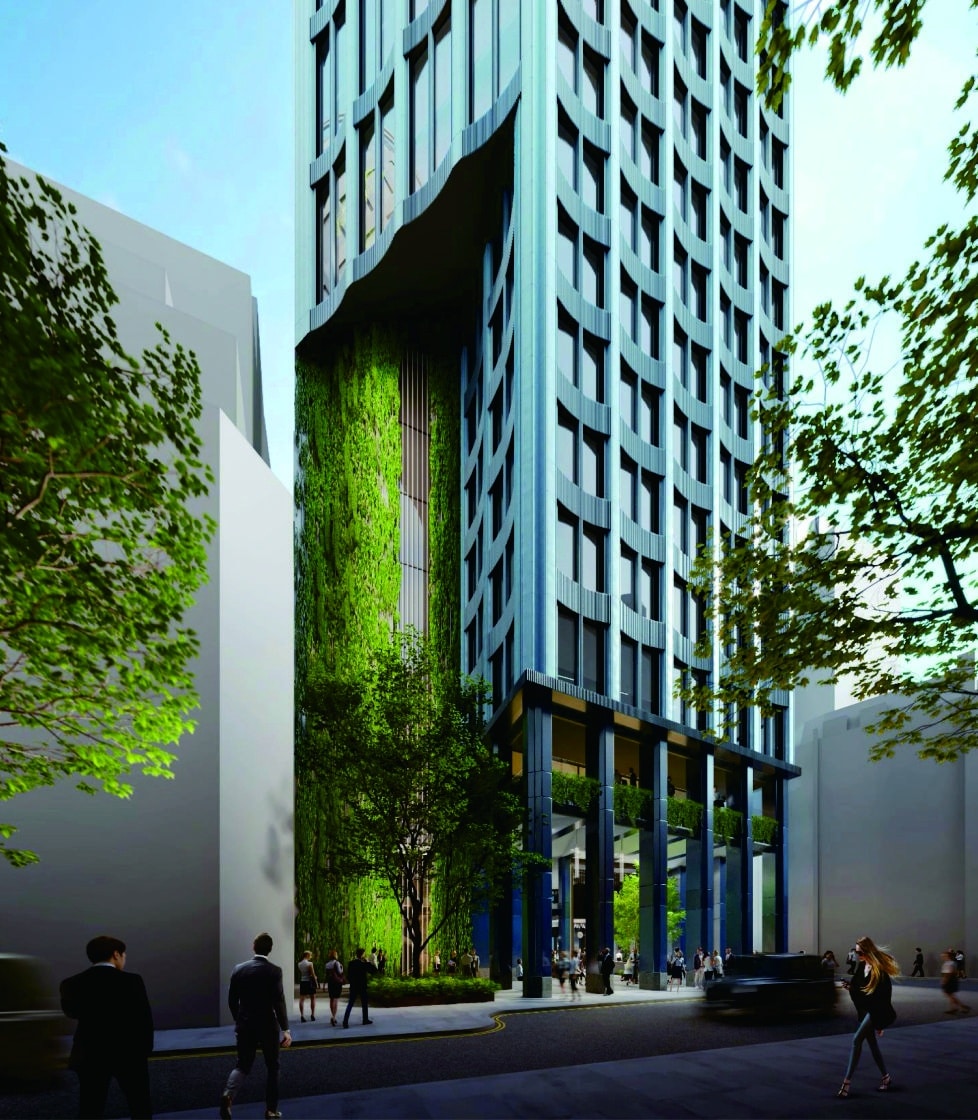
The Bury House development is a newly proposed skyscraper in the heart of the City of London. It features a sleek and slender design that aims to offer smaller office floorplates, which will benefit young and growing companies. The overall height of the building exceeds 180m and therefore an assessment for early massing options, a wind tunnel testing and a CFD study for detailed designs were required as part of the wind microclimate assessment.
Windtech Consultants first carried out the detailed wind tunnel assessment prior to the design freeze to assess the various massing options and their impacts on the wind microclimate on the ground floor. This exercise provided the design team with a set of robust results in the early design stage so that the most optimal design would progress to the detailed design stage. The wind tunnel testing was repeated later (post design freeze) with consideration for various configurations of future surrounding buildings to assess the wind impacts in the surrounding streetscapes. The CFD results provided by an independent consultancy were compared against Windtech’s wind tunnel results. These two sets of results combined provided a comprehensive understanding of wind effects around the site.
Case Study 2: The Tulip, 20 Bury Street – CFD Assessment
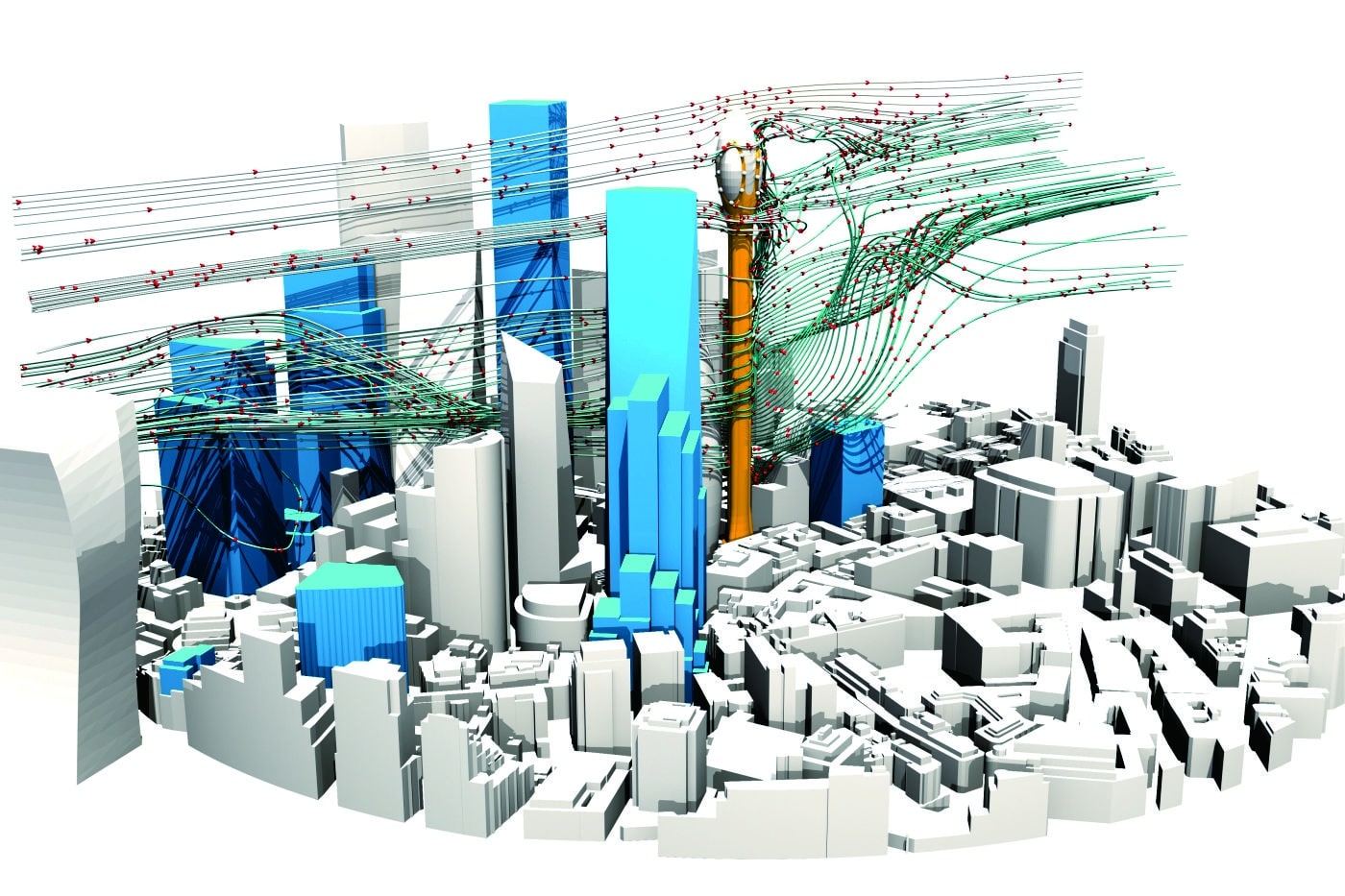
Windtech Consultants assisted during the design and planning application phase of the project, undertaking a pedestrian microclimate wind comfort analysis. In this case Windtech Consultants were selected to undertake the CFD study and the scope included assessing the effect of various future surrounds configurations. Windtech were able to carry out this work efficiently using the significant computational resources available to them. All pedestrian accessible areas within and around the site boundary were assessed according to the specified criteria listed under the City of London Wind Microclimate Guidelines, including public amenity areas, public/private terraces and private balconies.
Overall, the inclusion of the proposed development showed no considerable effects on its surroundings in terms of wind comfort for pedestrians. Only a few areas within the development showed some localised sections where occupants may be at risk of discomfort due to incoming wind from the prevailing south-westerly direction. Recommendations were made in order to satisfy the occupancy safety criteria in trafficable areas where the intended use did not satisfy the current wind speed criteria.
Comparison of Computational Fluid Dynamics and Wind Tunnel Testing
As a computer-based simulation, CFD assessment can produce widely different results when different methodologies, assumptions and parameters are used. Therefore, the accuracy of the CFD assessment is often questioned when the data is not robustly validated. At Windtech Consultants, our CFD analysis has been developed through regular validation studies against wind tunnel testing, ensuring a detailed and robust approach that produces highly accurate simulation results. The comparison between wind tunnel results and CFD show less than a 10% difference in wind speeds. Moreover, the robustness of our CFD results was also verified by the independent wind tunnel study carried out by another wind consultant for The Tulip project.
For further updates on scheduled events and feature projects, follow us on LinkedIn at: https://www.linkedin.com/company/windtech-consultants.
For more information on our capabilities in the Wind Tunnel Testing and/or CFD space, please reach out to any of our global offices at: https://windtech.com.au/contact-us/.

The new Palace of Justice in Kuwait, a 25-storey building, is currently under construction and will be the largest judicial building in the Middle East once it completes. The development designed by Pace features a pair of floating cantilevered wings that symbolise the Scales of Justice. At the heart of these two wings rises the “Golden Geode” atrium, which together with the plaza form a grand entry into the Palace and open concourse.
Although this development has a relatively regular rectangular shape, the gaps between the wings and the elevated plaza added some unique challenges making it difficult for the technical team to directly apply a code-based approach to estimate the wind impacts on the structure and lightweight cladding elements.

Our Regional Manager for UK & MENA Yiqing Wang who worked on this project states, “It is a well-known fact that using wind codes alone, even for buildings that fall within the provisions of the wind code from a geometric and structural point of view, can often lead to overdesign, significantly impacting construction costs. Wind codes do not always reveal the entire picture, as they try to predict the “typical case” with generalised assumptions that limit the departure away from the regular shape, the buildings aspect ratio and the fundamental natural frequencies which form the basis of the structural design. They also do not allow for the case where there may be unique interference effects caused by neighbouring buildings and structures which could naturally have significant impact on the loads in the super structure and lightweight cladding elements.”
Moreover, the new Palace of Justice also comprises two substructures which are free to move independently along the X-axis (length of the rectangular building) but are restricted along the Y-axis (breadth of the rectangular building). As such Windtech Consultants have developed the current world’s best practice for dealing with structural connections such as this, be they fully or partially restricted connections. This allows for the correction of the fundamental load cases taking into consideration the load transfer between each dynamically independent sub-structure. There is no guidance provided for linked structures like this one in any wind codes.

Aaron Lefcovitch, a director at Windtech, stated, “One of the key steps in obtaining full scale loads on the building is being able to combine the measured wind tunnel coefficients with the regional wind climate data. There are a number of published techniques being used in the industry, however Windtech have been using a technique called the multi-Sector method for the past 9 years, which is currently the most advanced directional method developed to date. The accuracy of this technique has been demonstrated by a great deal of research over years, where a key point of difference is its ability to be robust for the full range of wind climate types.” Windtech applied the advanced directional method to the new Palace of Justice project which had significant impact on the loads cases used for the design of the super structure and the pressures for the design of the cladding systems.
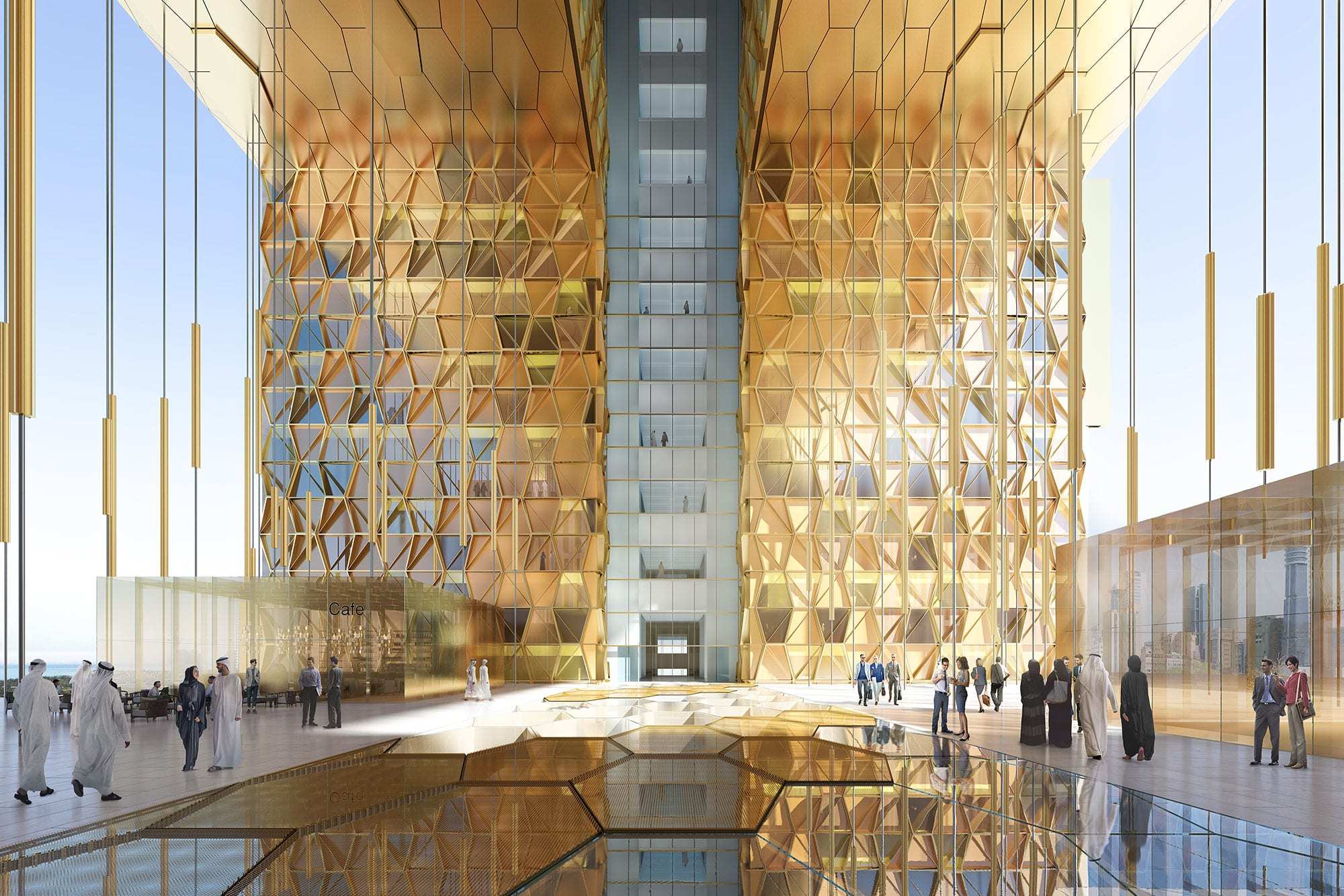
With many important outdoor spaces in and around the new Palace of Justice, ensuring suitable wind conditions in terms of pedestrian comfort and safety was one of the most important tasks for the design team. The building is closely located to the sea and is fully exposed to the prevailing north-westerly winds which are likely to cause unfavourable wind effects such as funnelling through the plaza and downdrafts from the west facing façade. In order to fully understand the wind conditions in and around the building, a detailed wind environment wind tunnel study was also carried out using the highly accurate hot wire measurement technique. Various hard landscapes including screens and canopies were recommended based on the results to mitigate the unfavourable wind conditions and to provide an enjoyable environment to all visitors of the new Palace of Justice.
Windtech Consultants would like to congratulate the whole project team for delivering this fantastic project that will definitely sparkle up the Kuwait skyline.
For further updates on scheduled events and feature projects, follow us on LinkedIn at: https://www.linkedin.com/company/windtech-consultants
To reach out to us to discuss potential opportunities for collaboration, email us at reception@windtechglobal.com.